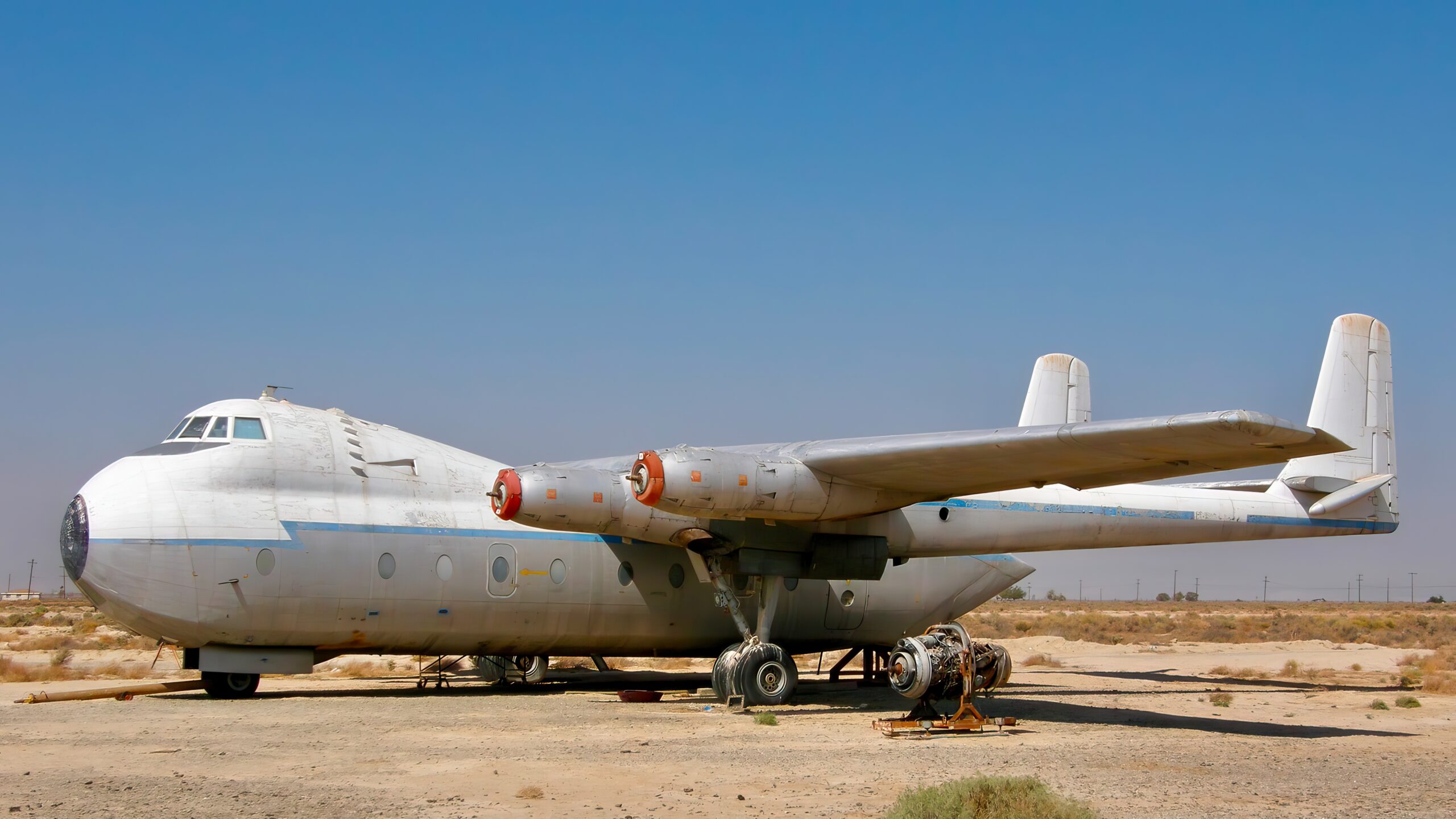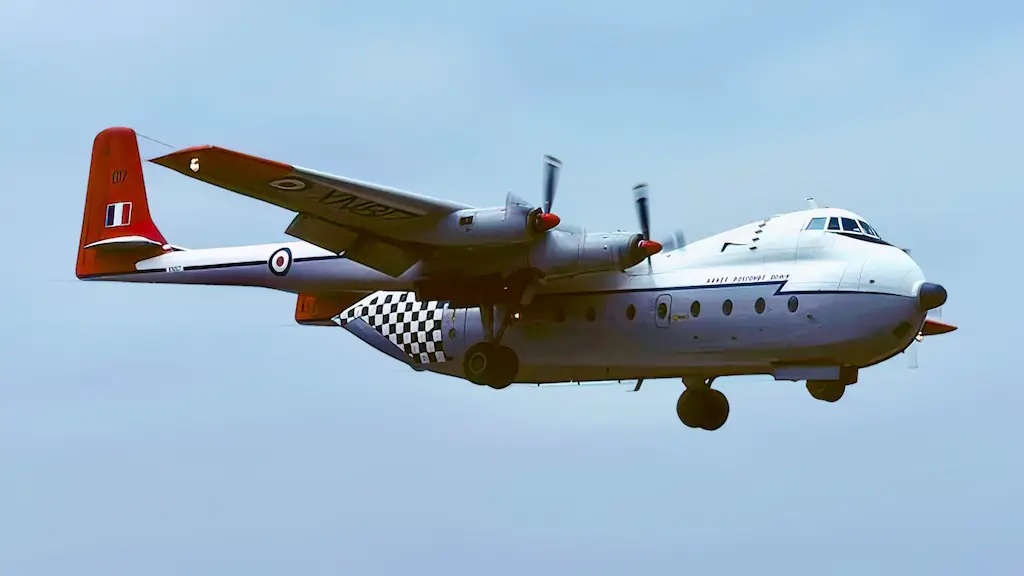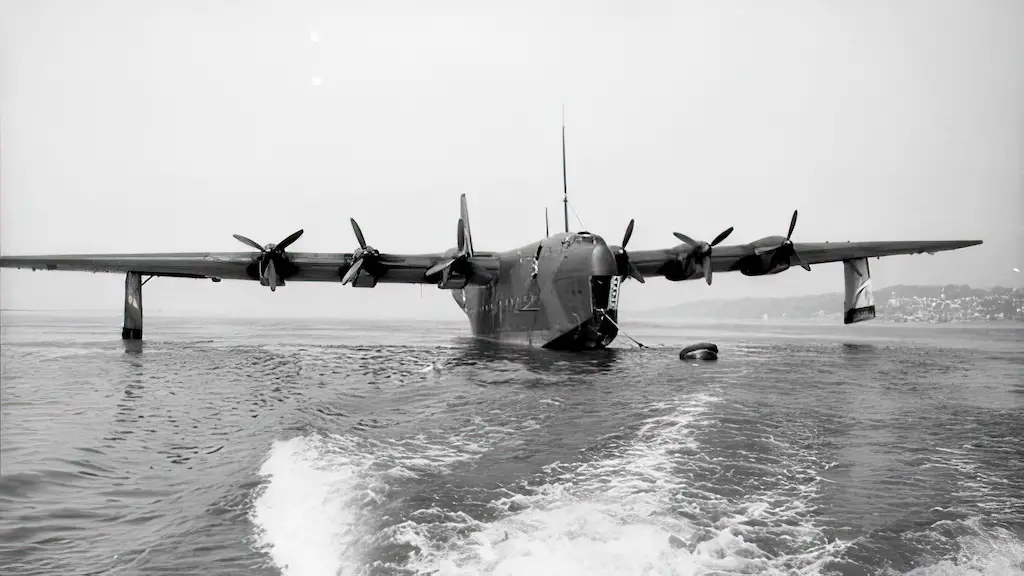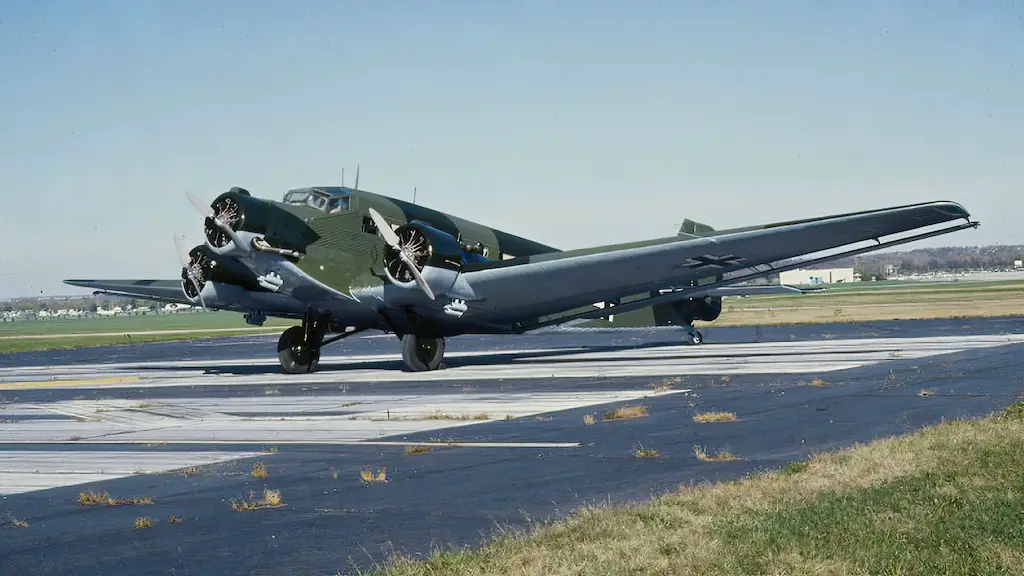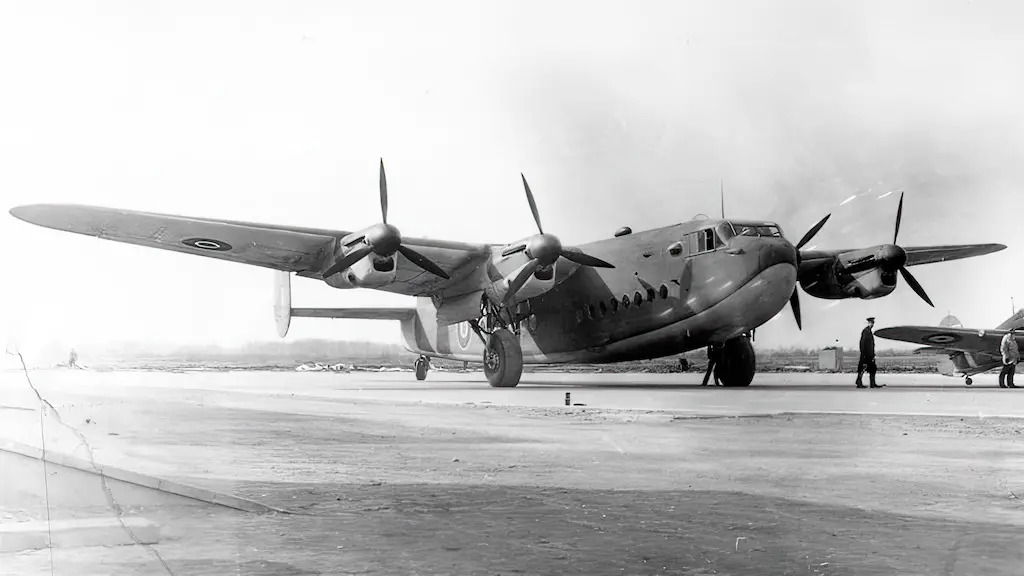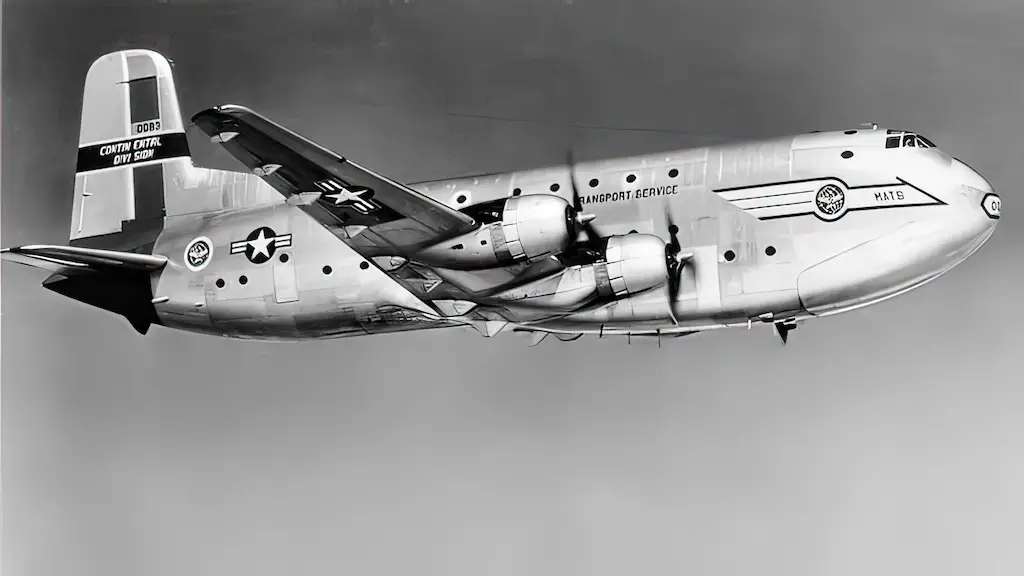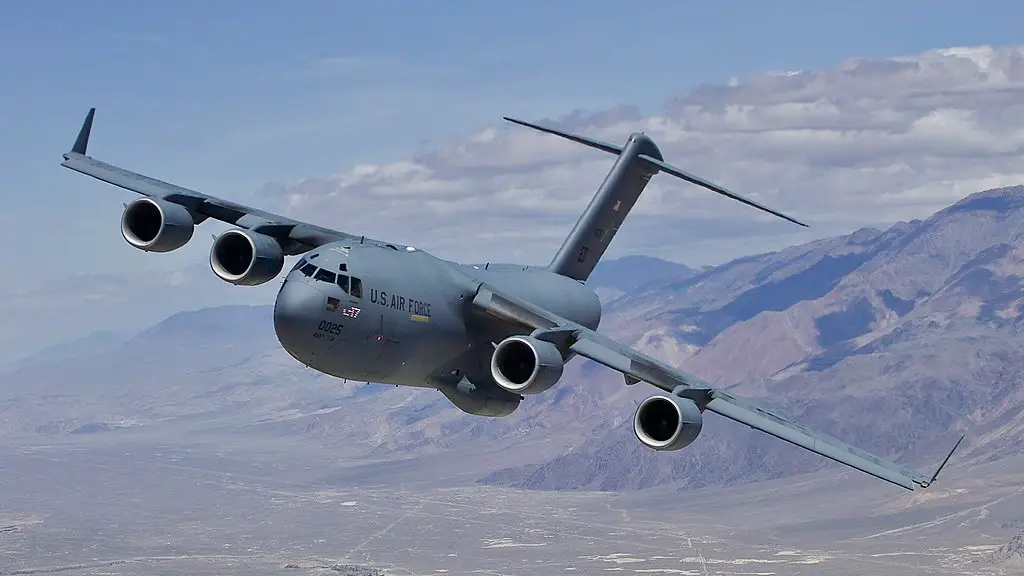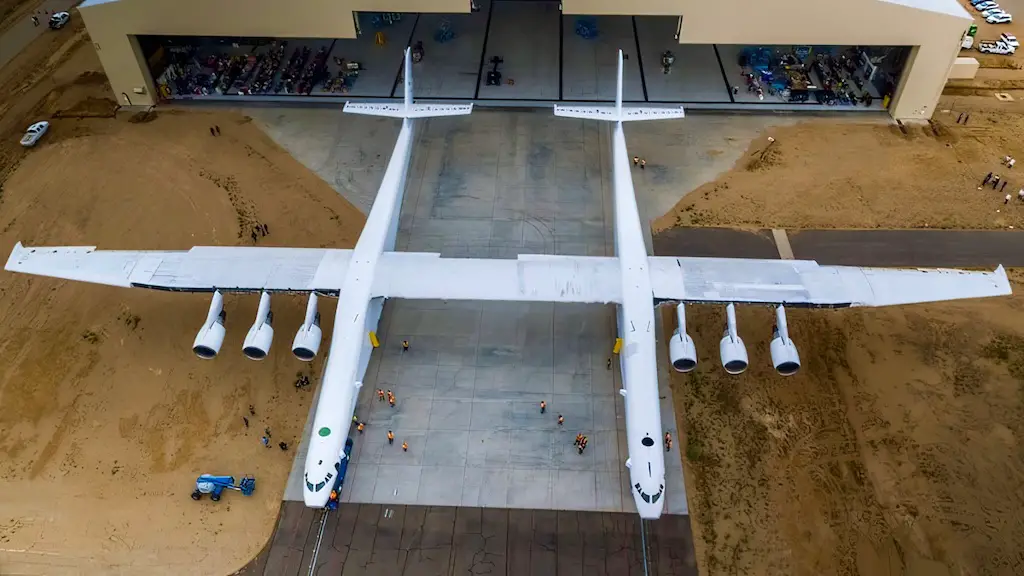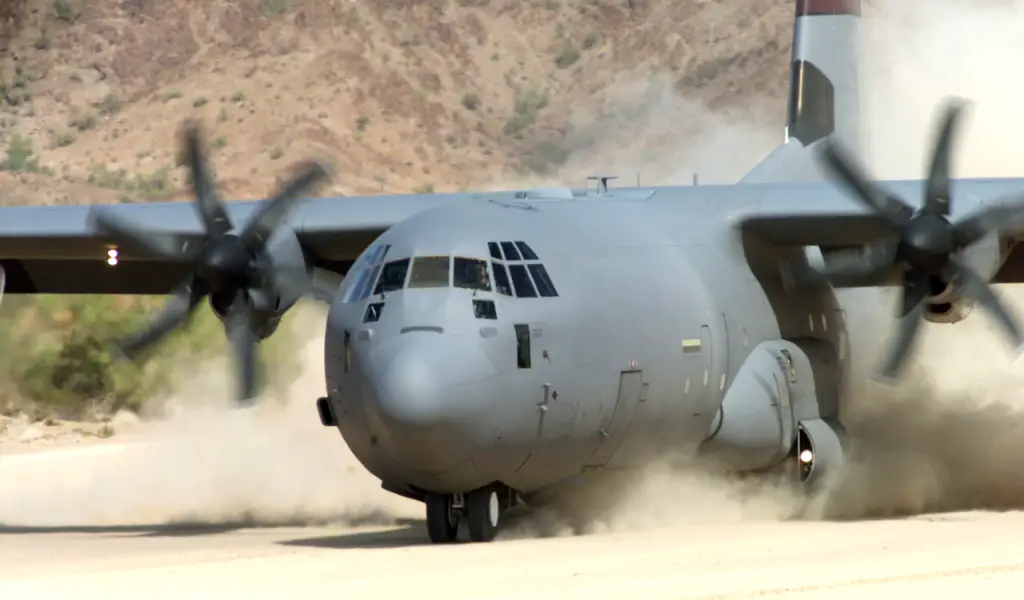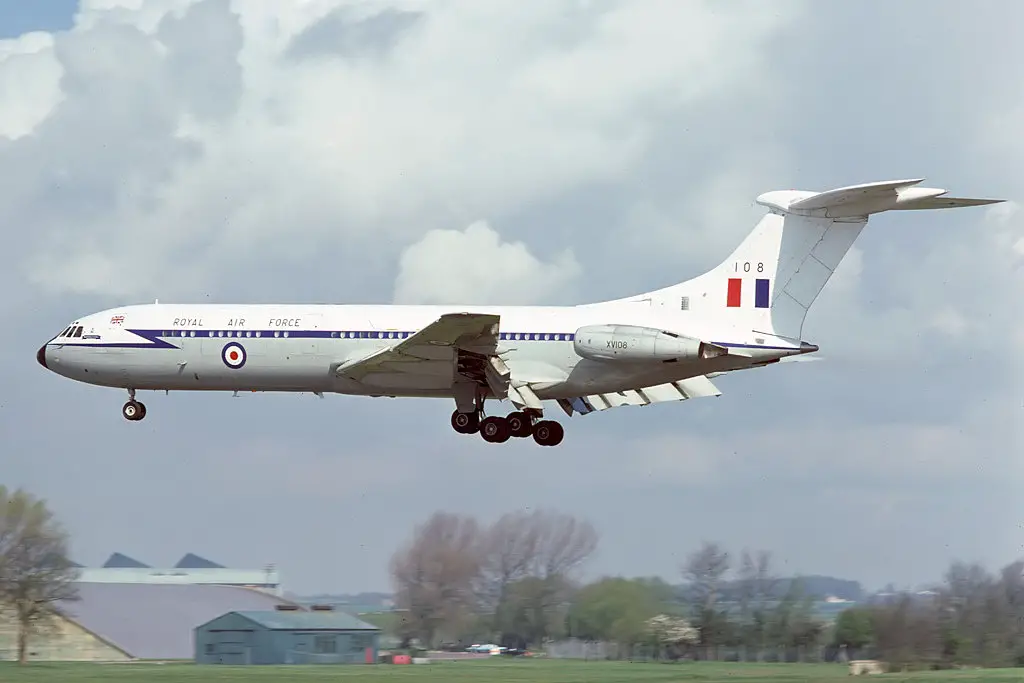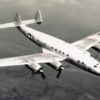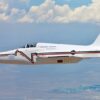A versatile transport aircraft
The Armstrong Whitworth AW.660 Argosy was a British short-range, medium-lift transport aircraft that served various military and civilian purposes throughout its operational life. Developed by Armstrong Whitworth Aircraft in the late 1950s, the Argosy played a significant role in various air forces and cargo airlines, earning a reputation for versatility and reliability. With its fat, stubby fuselage, two long tail booms and shrieking Dart engines the Armstrong Whitworth Argosy quickly earned its nickname the ‘The whistling wheelbarrow’.
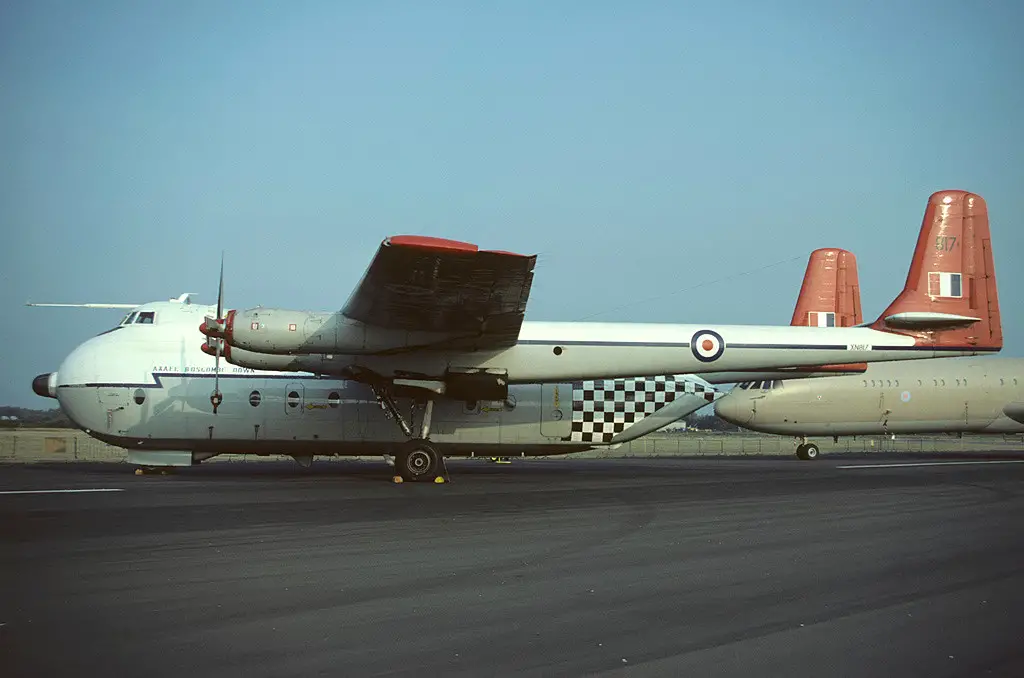
Design and Development
The AW.660 Argosy was designed to fulfill a requirement from the British Ministry of Supply for a medium-lift transport aircraft. The design brief called for an aircraft capable of carrying heavy loads over short distances, with exceptional landing capabilities on unprepared airstrips.
The Argosy’s unique design featured a high-wing monoplane configuration with four Rolls-Royce Dart turboprop engines mounted on the wings. The aircraft’s tail was distinctive, with a twin-boom layout and a central fin connecting the booms. This configuration allowed for an unobstructed cargo hold and a rear-loading ramp for quick and easy loading and unloading of cargo.
The AW.660 Argosy made its maiden flight on January 8, 1959, piloted by Chief Test Pilot, Jock Eassie. Over the course of its development, Armstrong Whitworth made several modifications to the Argosy, leading to the production of different variants with enhanced capabilities.
Operational History
The Argosy entered service with the Royal Air Force (RAF) in 1961 as the AW.660 Argosy C.1, primarily used for tactical transport and paratrooper operations. The C.1 variant had a payload capacity of up to 28,000 lbs and accommodate up to 69 fully equipped troops or 48 stretcher cases. The RAF’s Argosies served in various theatres, including Europe, the Middle East, and the Far East.
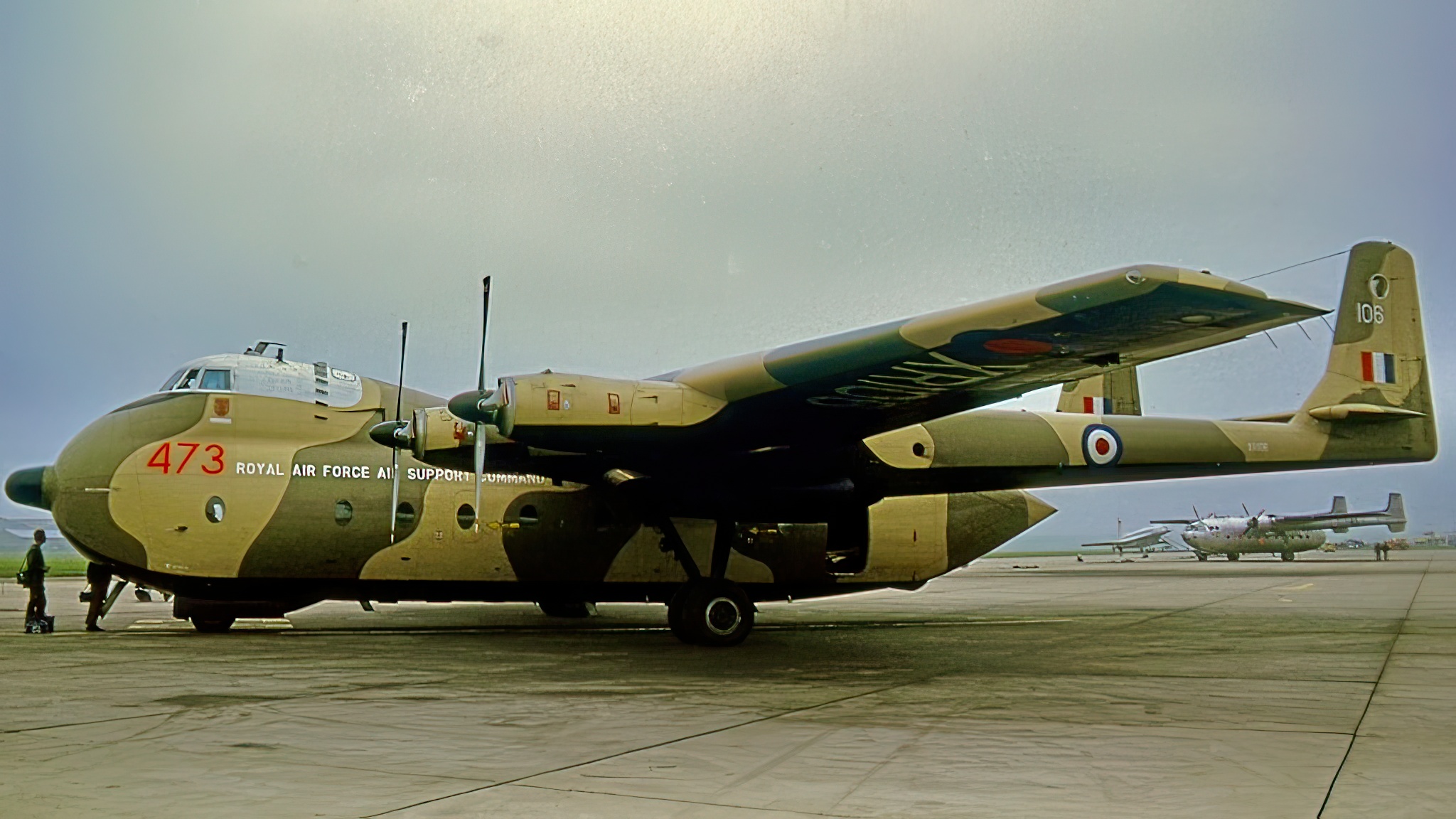
The AW.670 Argosy E.1 variant, specifically designed for the RAF’s Electronic Counter Measures (ECM) role, entered service in 1967. It was equipped with a suite of electronic warfare and reconnaissance equipment and played a crucial role in intelligence gathering and electronic warfare operations.
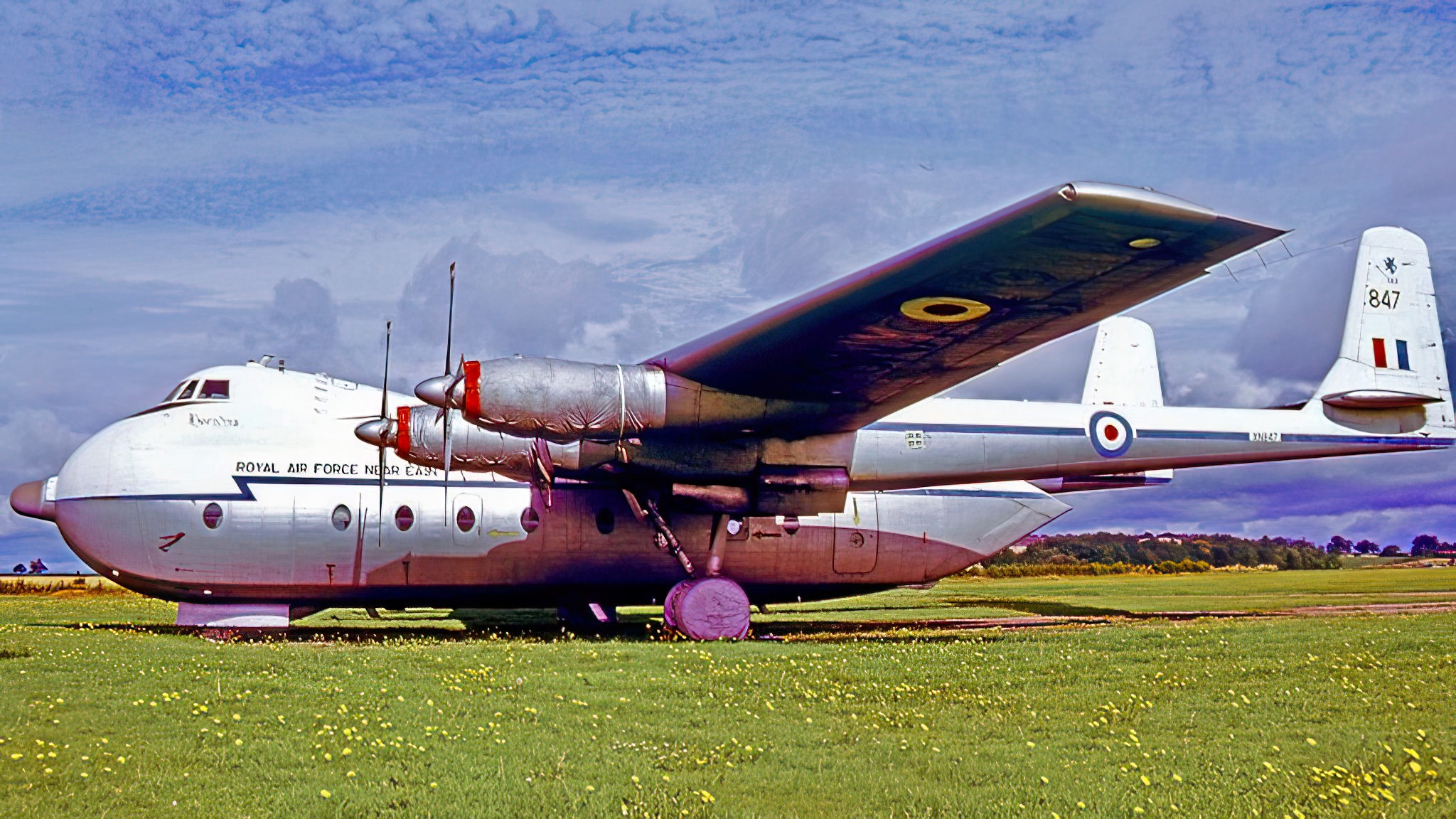
Armstrong Whitworth also developed a civilian version of the Argosy, designated the AW.650. This variant saw use with cargo airlines such as British European Airways (BEA) and several others worldwide. The civilian version could carry up to 50 passengers in a two-class configuration. It could also be converted to a dedicated cargo carrier. In 1964, the AW.680 Argosy 222 was introduced, featuring a longer fuselage and an increased payload capacity of 47,000 lbs. This version was primarily intended for the civilian market but also saw use in military operations.
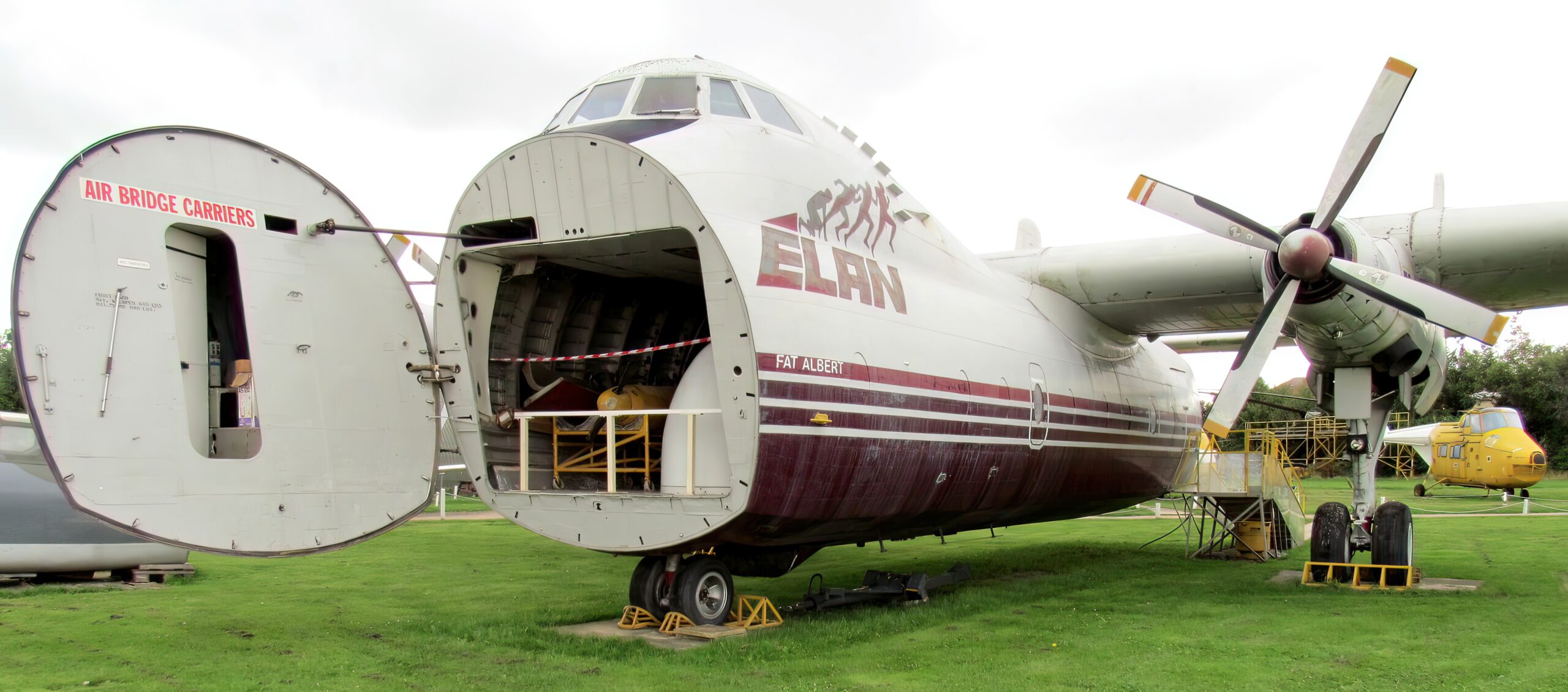
Retirement and Legacy
In the late 1970s, the Argosy’s age began to show, as newer, more efficient aircraft became available. Consequently, the RAF started phasing out the Argosy in favor of the Lockheed C-130 Hercules and the Vickers VC10. Ultimately, the last military Argosies retired in 1978. Despite this, civilian operators continued to use the Argosy until the late 1990s, when they opted for more modern aircraft.
